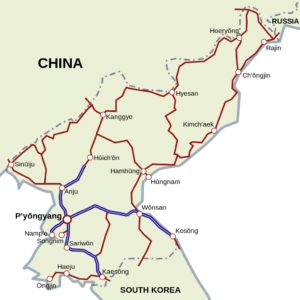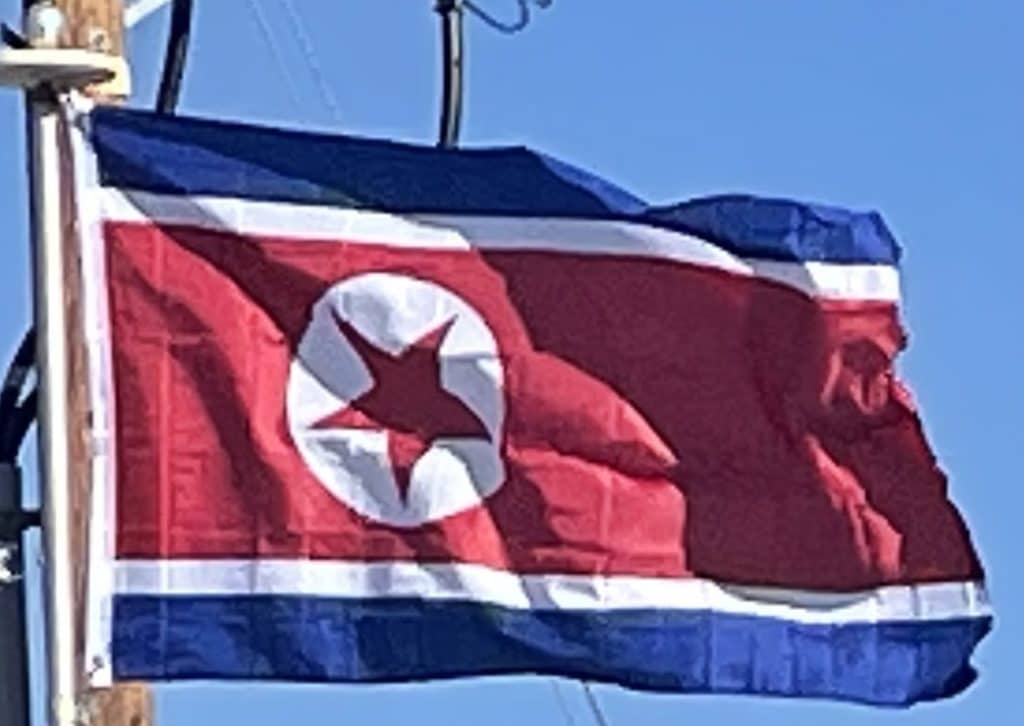
Foreign trade surpassed pre-crisis levels in 2005 and continues to expand. North Korea has a number of special economic zones (SEZs) and Special Administrative Regions where foreign companies can operate with tax and tariff incentives while North Korean establishments gain access to improved technology. Initially four such zones existed, but they yielded little overall success. The SEZ system was overhauled in 2013 when 14 new zones were opened and the Rason Special Economic Zone was reformed as a joint Chinese-North Korean project. The Kaesong Industrial Region is a special economic zone where more than 100 South Korean companies employ some 52,000 North Korean workers. As of August 2017, China is the biggest trading partner of North Korea outside inter-Korean trade, accounting for more than 84% of the total external trade ($5.3 billion) followed by India at 3.3% share ($205 million). In 2014, Russia wrote off 90% of North Korea’s debt and the two countries agreed to conduct all transactions in rubles. Overall, external trade in 2013 reached a total of $7.3 billion (the highest amount since 1990), while inter-Korean trade dropped to an eight-year low of $1.1 billion.
Transportation:
Transport in North Korea is constrained by economic problems and government restrictions. Public transport predominates, and most of it is electrified.
Travel to North Korea is tightly controlled. The standard route to and from North Korea is by plane or train via Beijing. Transport directly to and from South Korea was possible on a limited scale from 2003 until 2008, when a road was opened (bus tours, no private cars). Freedom of movement in North Korea is also limited, as citizens are not allowed to move around freely inside their country. On October 14, 2018, North and South Korea agreed to restore inter-Korean rail and road transportation. On November 22, 2018, North and South Korea reopened a road on the Korean border which had been closed since 2004. On November 30, 2018, inter-Korean rail transportation resumed when a South Korean train crossed into North Korea for the first time since November 2008. On December 8, 2018, a South Korean bus crossed into North Korea.

Fuel constraints and the near absence of private automobiles have relegated road transportation to a secondary role. The road network was estimated to be around 31,200 kilometres (19,400 mi) in 1999, up from between 23,000 kilometres (14,000 mi) and 30,000 kilometres (19,000 mi) in 1990, of which only 1,717 kilometres (1,067 mi), 7.5%, are paved.As for the road quality, drivers will often swerve and change lanes to evade potholes, and this includes going into opposite-direction lanes at times. Likewise, sections under repair may not be properly signaled, so oncoming traffic should always be expected even on a divided motorway.
There are three major multilane highways: a 200-kilometre (120 mi) expressway connecting Pyongyang and Wonsan on the east coast, a 43-kilometre (27 mi) expressway connecting Pyongyang and its port, Nampo, and a four-lane 100-kilometre (62 mi) motorway linking Pyongyang and Kaesong.
